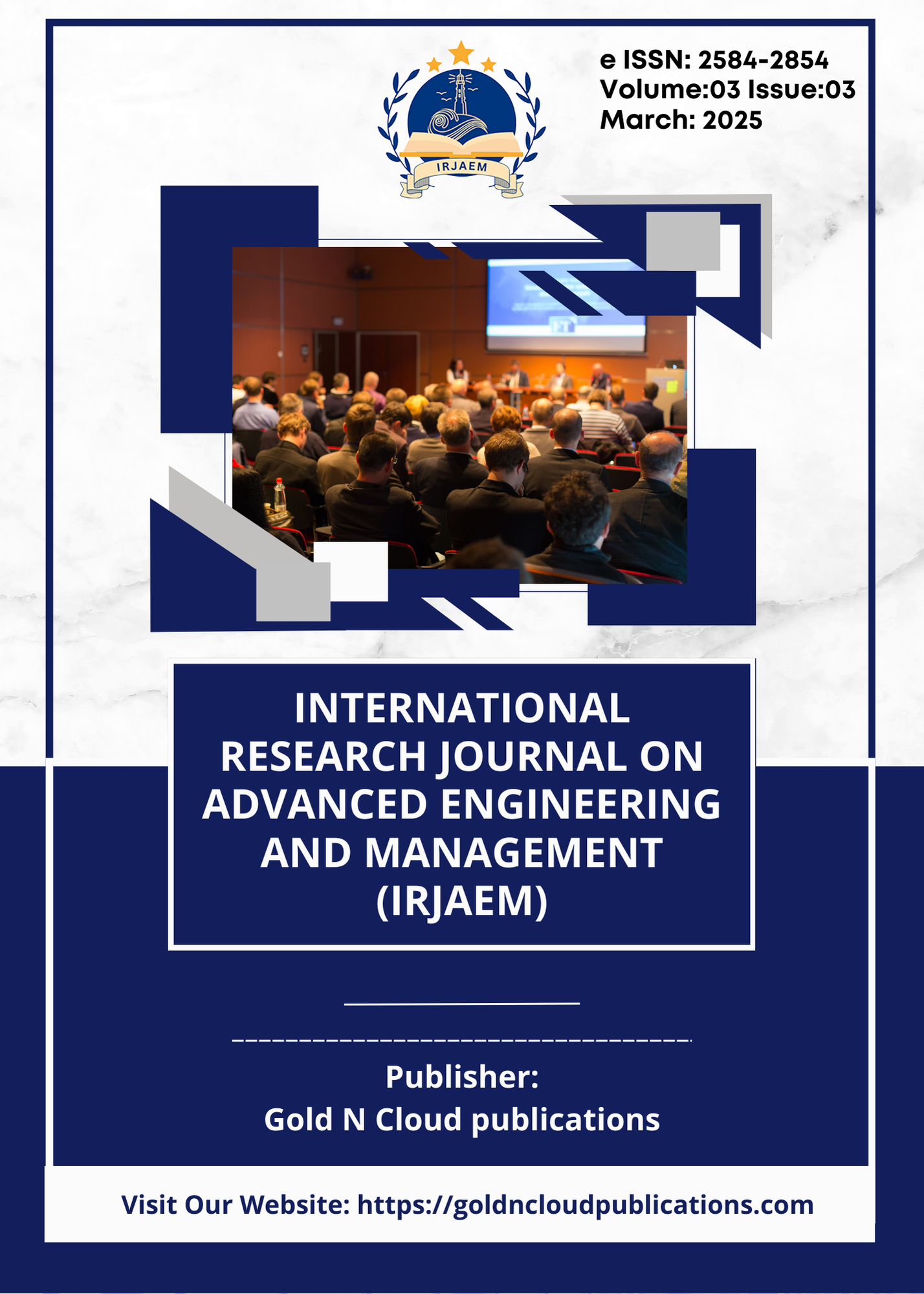Recent Trends in E-waste Generation and Management, A Review
DOI:
https://doi.org/10.47392/IRJAEM.2025.0111Keywords:
E-waste, refurbish, recycle, e-waste management, health hazardsAbstract
There has been a significant increase in e-waste generation in India during the last five years, as it has increased from 1.01 million metric tonnes in 2019-20 to 1.75 million metric tonnes in 2023-24. Since 2019-20, e-waste has increased in our nation at an alarming rate of 72.54 percent. E-waste or electronic waste are discarded electronic devices, used electronic materials destined for reuse, resale, refurbishment, recycling, or disposal are also included in e-waste. Rapid changes in technology, decreasing prices of electronic goods, the digital revolution, increasing consumerism, and frequent releases of new electrical goods models have contributed to an exponential increase of e-waste in the modern era. There is a huge gap between e-waste produced and e-waste processed in the economy. Informal processing of e-waste leads to adverse effects on ecology and the environment. Electronic goods contain materials like lead, mercury, cadmium, etc which are hazardous to the health of our society. There is an urgent need to improve the existing system of e-waste management in our country which requires an efficient collection system and proper treatment of hazardous material present in these electronic items. This research paper is based on secondary data. The paper attempts to analyse the recent trends of increasing e-waste generation in our country and the existing practices of e-waste management.
Downloads
Downloads
Published
Issue
Section
License
Copyright (c) 2025 International Research Journal on Advanced Engineering and Management (IRJAEM)

This work is licensed under a Creative Commons Attribution-NonCommercial 4.0 International License.


 .
. 